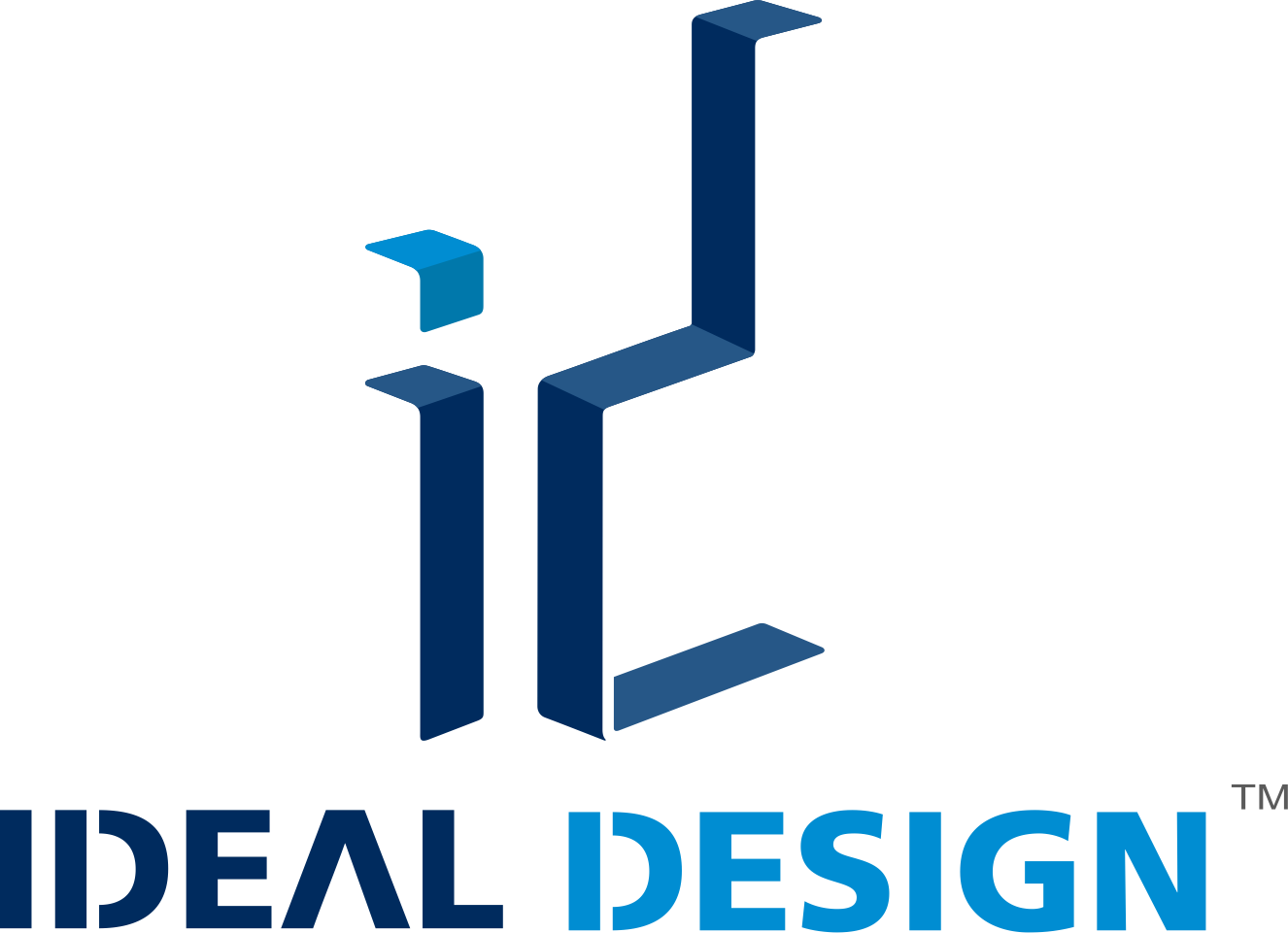Welding is an important tool when it comes to fabrication. It offers the ability to join parts and assemblies through durable and strong bonds formed under high heat. Parts are melted together and allowed to cool, fusing them together. This blog delves into the various welding techniques tailored for sheet metal and highlights the innovative use of robotics in enhancing welding processes.
Main Types of Welding Used for Sheet Metal
TIG Welding: Tungsten Inert Gas (TIG) welding stands out for its precision, making it ideal for thin sheet metal. This technique involves using a tungsten electrode to produce the weld, offering control over the welding process and resulting in high-quality, clean welds.
MIG Welding: Metal Inert Gas (MIG) welding is favored for its speed and adaptability. Utilizing a wire feeding system, it’s efficient for both thick and thin sheet metal, making it a go-to for a variety of projects. Its ease of use also makes it popular among beginners and professionals alike.
Spot Welding: Spot welding is a process where metal sheets are fused together at specific points without affecting the entire piece. We commonly use this method for some of our enclosures, where it provides strong joints without compromising the integrity of the sheet metal.
Laser Welding: Laser welding offers unmatched precision and speed. By focusing a high-intensity laser beam on the desired point, it ensures clean and precise welds, especially beneficial for delicate or intricate sheet metal work. This method is known for its efficiency and minimal heat input.
Robotics in Welding Sheet Metal
The integration of robotics in welding sheet metal is transforming the manufacturing landscape. Robots bring a new level of precision, efficiency, and safety to welding operations. They can perform repetitive tasks with consistent quality, reducing human error and increasing productivity. Robotics also opens up possibilities for complex welds that are difficult or hazardous for human welders, enhancing the capabilities of modern fabrication processes.
The Future of Welding
As technology advances, selecting the appropriate welding method and embracing new technology can significantly enhance the quality and efficiency of sheet metal fabrication projects. Looking forward, the future of welding in sheet metal fabrication is bright, driven by advancements in technology such as automation, laser welding, and additive manufacturing. These innovations promise not only to enhance the efficiency and precision of welding processes but also to open new possibilities in design and fabrication, ensuring welding's continued indispensability in meeting the evolving demands of industry and innovation.





